Creaks, Sofas, and Hexes: The Significance of Furniture in 1990s Horror Films - MovieMaker Magazine
In numerous horror films from the 1990s, the domestic environment acts not only as a setting but also enhances the tension. Everyday furniture, such as chairs, lamps, and side tables, firmly roots the audience in a familiar reality. This grounding effect fosters a deceptive sense of comfort that makes the ensuing horror feel more shocking.
In The Sixth Sense (1999), much of the suspense occurs within still domestic settings like living rooms, kitchens, and bedrooms. Chairs are neatly arranged, and lamps emit comforting light. The uniformity of the furniture contrasts sharply with the unpredictable nature of human behavior. For a significant portion of the film, the furniture serves as a constant in a psychological experiment; everything appears ordinary until it shifts. As Malcolm Crowe (Bruce Willis) starts noticing minor disturbances—chilly air, ajar doors—the unchanged furniture heightens the eerie silence, remaining passive and observant, akin to the audience.
Likewise, The Blair Witch Project (1999) capitalizes on the lack of conventional domestic furniture for unsettling impact. The film omits familiar staging elements—no tables, no beds, no kitchen surfaces. When furniture appears, like children’s handprints or the notorious corner scene, it becomes particularly noticeable. The absence of household structure makes the final image of a man standing silently in a corner of an abandoned house profoundly disturbing, turning spatial simplicity into a tool of fear.
In both films, furniture (or the intentional lack of it) acts as a visual foundation. Its stillness reinforces a false sense of security that horror ultimately disrupts. Everyday items—such as an armchair or a floor lamp—transform into contrasts against chaos.
When Furniture Carries the Curse
While some horror films of the 90s embraced subtlety, others explicitly highlighted furniture as a source of dread. Antiques, heirlooms, and retro décor serve as vessels of unresolved history. The cursed object trope flourished during this era, not just through dolls or paintings but through elaborate pieces of furniture: beds, mirrors, and wardrobes infused with unease.
In The Haunting (1999), the ornate furnishings of Hill House are not simply decoration—they extend the house's very consciousness. Eleanor’s bed, with its grotesquely carved wooden posts and oppressive canopy, is as much a character as any person. Its dense texture and dark carvings evoke a stifling embrace. These aren’t modern, streamlined items—they are relics, and relics carry memories.
Stir of Echoes (1999) utilizes a mirror in a similar fashion. It serves not just as a reflective surface, but as a veil. When Kevin Bacon’s character begins to witness ghostly visions, the mirror becomes a gateway to trauma. Its thick, carved, aged frame suggests a rich history. The mirror doesn’t merely reflect the present; it unveils the past hidden beneath layers of paint and plaster.
Although Thir13en Ghosts was released in 2001, its production and visual style draw heavily from late-90s horror. The house functions as a mechanical puzzle but is furnished minimally with modern items that contrast with the historical spirits trapped inside. The few antique elements—particularly an ornate chair involved in one of the ghost rituals—underscore the blend of cursed histories with contemporary design. This combination reflects anxieties of the Y2K era: the ancient melding with the technological.
In these films, furniture does not merely occupy space. It embodies memories, curses, and ancestral legacies. Carved wood becomes a familial lineage, with secrets in every knot. Plush cushions absorb generational guilt. These items creak for a reason—they whisper legacies.
When Furniture Signals Possession or Madness
Sometimes, horror is not found in destruction but in disruption. A subtle rearranging of a space can evoke discomfort. When a character enters a room and realizes a chair has shifted or a couch has rotated slightly, viewers join them in questioning their perception. Altered furniture becomes a symbol of psychological fragmentation.
Jacob’s Ladder (1990) heavily relies on this concept. As Jacob shifts between hallucinations and memories, his surroundings subtly distort. Hospital gurneys glide by, filing cabinets warp, and waiting room chairs oscillate between real and unreal. The furniture is institutional—metal, stackable, lacking warmth. When it shifts, it implies something deeper than mere haunting: a loss of self.
Event Horizon (1997) features a ship’s design that includes chairs fastened to floors, steel-framed beds, and control rooms furnished with stark, minimal pieces. As the ship begins to “come alive,” the stillness of the furniture disintegrates. Objects start to move, sometimes imperceptibly, creating an impression that the very environment is possessed. The coldness of the furniture—chrome, welded, utilitarian—mirrors the crew's psychological unraveling. These aren’t cozy living rooms; they are venues of cosmic apathy.
In the Mouth of Madness (1994
Other articles
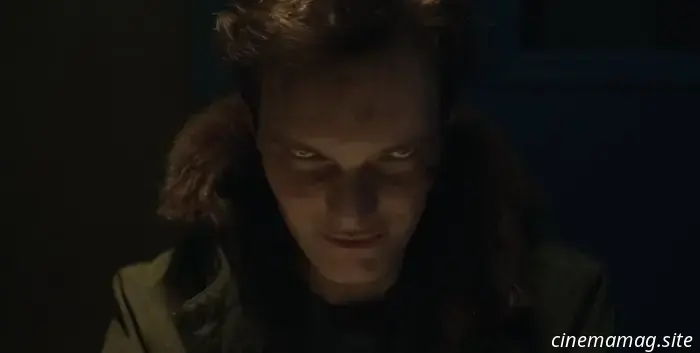 The horror film about a serial killer, No Tears in Hell, has released a trailer in anticipation of its August launch.
Scatena & Rosner Films has revealed the forthcoming release of No Tears in Hell, a horror film about a serial killer written and directed by Michael Caissie. This film is inspired by the true story of Russian serial killer Alexander Spesivtsev, known as the Siberian Ripper. Luke Baines (Shadowhunters) plays the role of Spesivtsev, alongside the late Gwen Van Dam (Star Trek: Generations) as […]
The horror film about a serial killer, No Tears in Hell, has released a trailer in anticipation of its August launch.
Scatena & Rosner Films has revealed the forthcoming release of No Tears in Hell, a horror film about a serial killer written and directed by Michael Caissie. This film is inspired by the true story of Russian serial killer Alexander Spesivtsev, known as the Siberian Ripper. Luke Baines (Shadowhunters) plays the role of Spesivtsev, alongside the late Gwen Van Dam (Star Trek: Generations) as […]
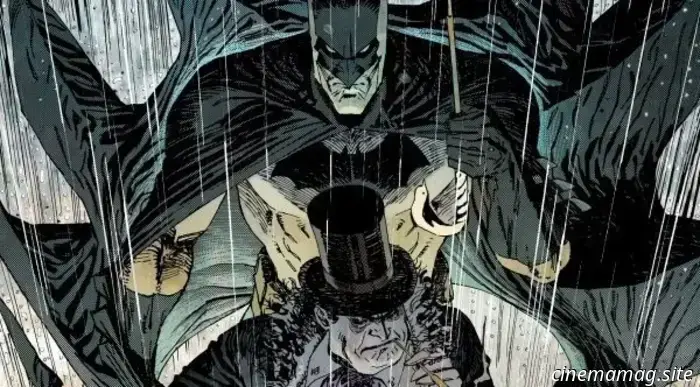 Detective Comics #1099 - Comic Book Preview
Detective Comics #1099 will be released this Wednesday, and you can find a preview of the issue below, provided by DC Comics. Far from home, Batman, Harvey Bullock, and the Penguin are forced to create a tenuous partnership to dismantle an ancient immortality cult referred to as Elixir. However, as conflicts increase among […]
Detective Comics #1099 - Comic Book Preview
Detective Comics #1099 will be released this Wednesday, and you can find a preview of the issue below, provided by DC Comics. Far from home, Batman, Harvey Bullock, and the Penguin are forced to create a tenuous partnership to dismantle an ancient immortality cult referred to as Elixir. However, as conflicts increase among […]
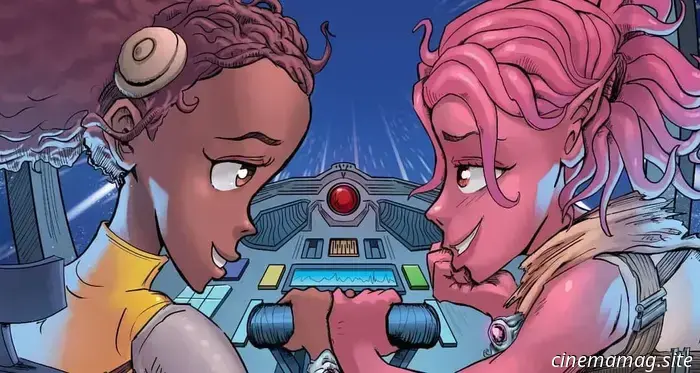 Star Wars: The High Republic Adventures #20 - Preview of the Comic Book
Dark Horse Comics concludes Star Wars: The High Republic Adventures this Wednesday with the release of the 20th and final issue of the Phase III series; take a look at the official preview of this issue below... The High Republic Adventures reaches an exciting finale! With the Battle of Eriadu behind us, what comes next [...]
Star Wars: The High Republic Adventures #20 - Preview of the Comic Book
Dark Horse Comics concludes Star Wars: The High Republic Adventures this Wednesday with the release of the 20th and final issue of the Phase III series; take a look at the official preview of this issue below... The High Republic Adventures reaches an exciting finale! With the Battle of Eriadu behind us, what comes next [...]
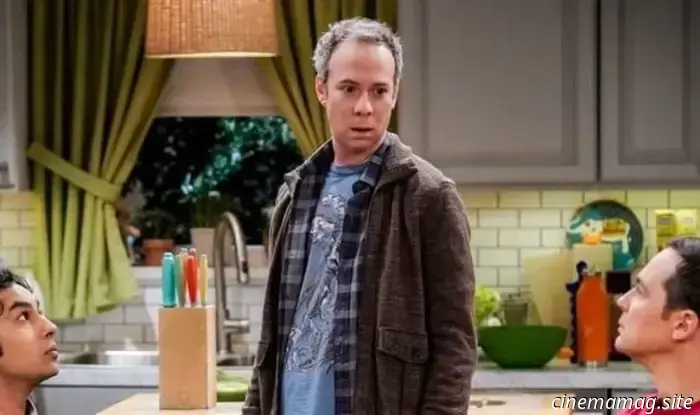 HBO Max has ordered a series for the spin-off of The Big Bang Theory titled Stuart Fails to Save the Universe.
The universe of The Big Bang Theory is set to grow again, and this time it appears to be confronting an impending doomsday, as HBO Max has officially given a series order to Stuart Fails to Save the Universe. The show comes from TBBT co-creators Chuck Lorre and Bill Prady, in collaboration with Zak Penn (Ready Player One, Free Guy), […]
HBO Max has ordered a series for the spin-off of The Big Bang Theory titled Stuart Fails to Save the Universe.
The universe of The Big Bang Theory is set to grow again, and this time it appears to be confronting an impending doomsday, as HBO Max has officially given a series order to Stuart Fails to Save the Universe. The show comes from TBBT co-creators Chuck Lorre and Bill Prady, in collaboration with Zak Penn (Ready Player One, Free Guy), […]
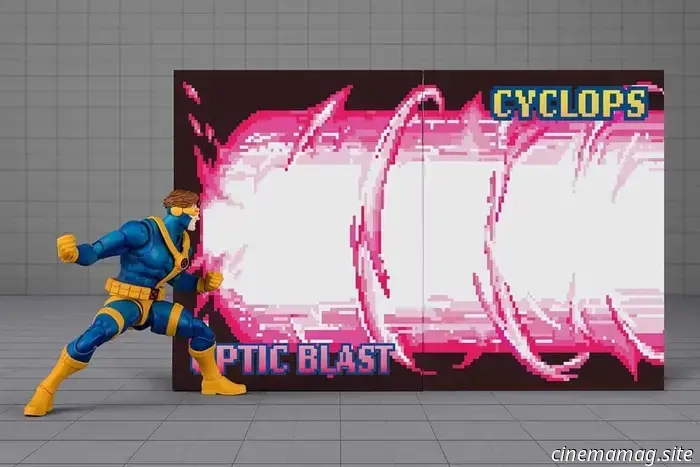 S.H. Figuarts has begun taking pre-orders for the Marvel Gamerverse Cyclops figure.
Following Hasbro's recent release of a series of Marvel Legends action figures inspired by Marvel vs Capcom 2, Tamashii Nations is enhancing the lineup by opening pre-orders for its S.H. Figuarts Gamerverse Cyclops figure, showcasing the X-Men leader as seen in the iconic fighting game. Take a look at the promotional images here… [...]
S.H. Figuarts has begun taking pre-orders for the Marvel Gamerverse Cyclops figure.
Following Hasbro's recent release of a series of Marvel Legends action figures inspired by Marvel vs Capcom 2, Tamashii Nations is enhancing the lineup by opening pre-orders for its S.H. Figuarts Gamerverse Cyclops figure, showcasing the X-Men leader as seen in the iconic fighting game. Take a look at the promotional images here… [...]
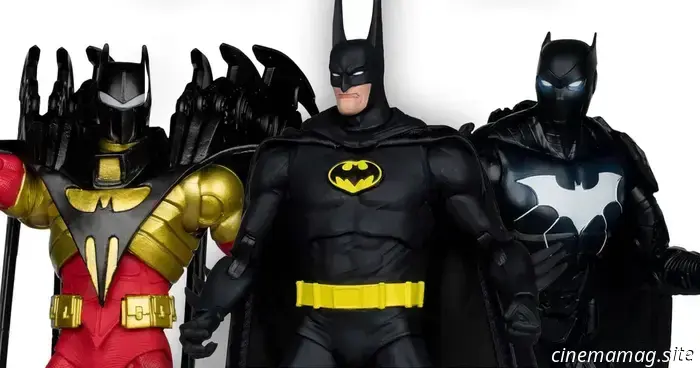 McFarlane Toys introduces new action figures from the Batman-themed DC Multiverse collection.
McFarlane Toys has expanded its DC Multiverse Bat-Family collection with the official announcement of Batman (Troika), Azrael Batman (Knightquest), and Batwing V.2.0 (The New 52). These three action figures are currently available for pre-order at a price of $26.99 each; take a look at them here… Bruce Wayne is back in his role as Gotham City's guardian, Batman! […]
McFarlane Toys introduces new action figures from the Batman-themed DC Multiverse collection.
McFarlane Toys has expanded its DC Multiverse Bat-Family collection with the official announcement of Batman (Troika), Azrael Batman (Knightquest), and Batwing V.2.0 (The New 52). These three action figures are currently available for pre-order at a price of $26.99 each; take a look at them here… Bruce Wayne is back in his role as Gotham City's guardian, Batman! […]
Creaks, Sofas, and Hexes: The Significance of Furniture in 1990s Horror Films - MovieMaker Magazine
In numerous horror films from the 1990s, the home environment does more than just function as a setting; it plays a crucial role in escalating tension. Furnishings, especially ordinary household items,
